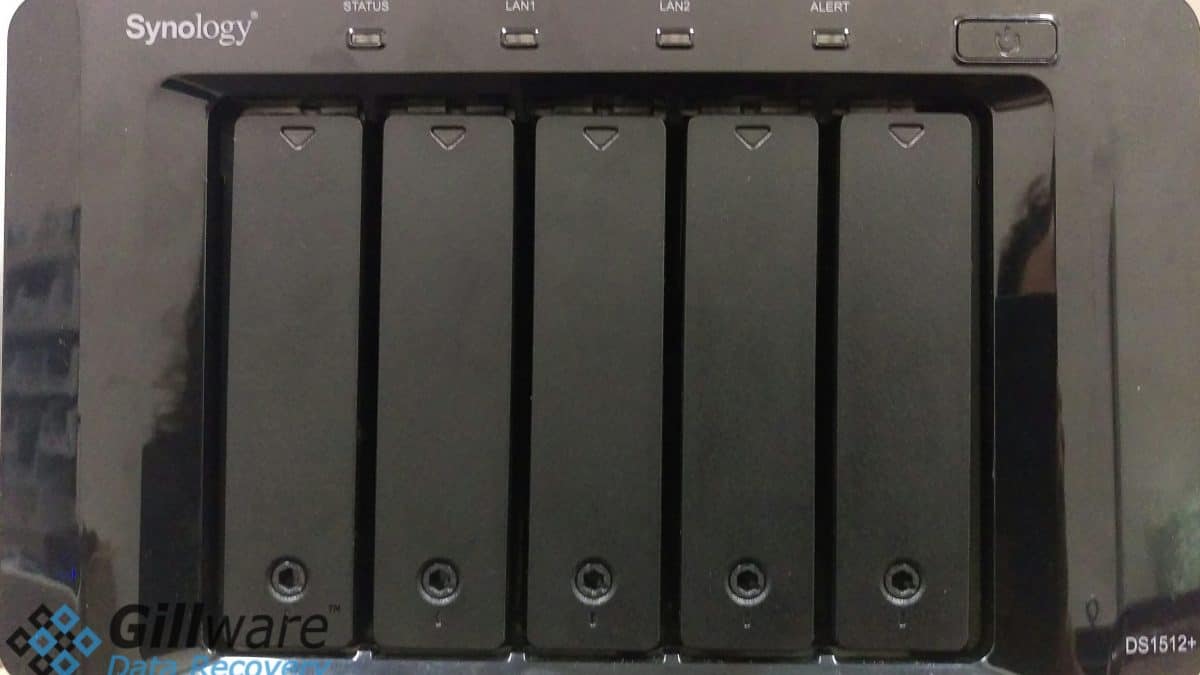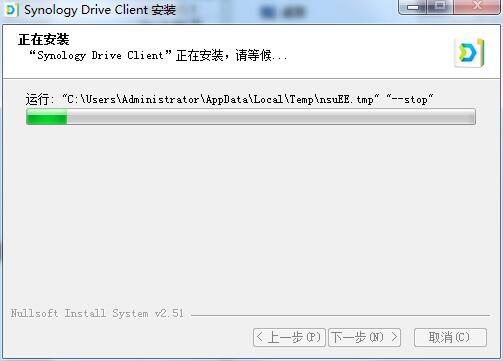

Persistent pre-allocation, journal, and metadata checksumming.Useful features that greatly increase reliability and fault-tolerance of the system like journaling (a system of logging changes to reduce file corruption).EXT4 also extends flash memory lifespan through delayed allocation, which, in turn, improves performance and reduces fragmentation by effectively allocating bigger amounts of data at a time.Able to handle larger files and volumes than its evolutionary predecessors.Support for huge files up to 2 64 bytes, which is the equivalent of 16EiB or exbibytes.When comparing XFS vs EXT4, XFS also offers unlimited inode allocation, advanced allocation hinting (in case you need it), and, in recent versions, reflink support.A unique feature of XFS is that I/O bandwidth is pre-allocated at a predetermined rate, which is suitable for many real-time applications.Delayed allocation with XFS helps prevent file system fragmentation, while online defragmentation is also supported.


Indeed a number of key Synology applications insist on the use of BTRFS by the system in order to run (eg Synology Virtual Machine Manager). Alot of that comes down to how BTRFS is implemented by the system, but in the case of Synology and DSM it is done so quite comprehensively and on the ground level.

Synology and it’s DSM platform is (for the most part, barring some more economical devices in their portfolio) available using the BTRFS and EXT4 file systems.Īlthough EXT4 has a long-established history and support by storage users, BTRFS opinion is a little more divided as it is much newer than EXT4 or ZFS. TrueNAS utilizes ZFS as its file system of choice and although it is a little more resource-intensive (predominantly in memory) to run its range of services, it is a fantastically enterprise file system that supports native inline deduplication across the system (i.e if data is being backed up from multiple clients is the same, such as OS data or shared databases, it only stores one copy and keeps an internal index of where that data is needed/stored across users), inline compression that saves storage space and a bunch of other advantages that are unique to ZFS. From how it keeps it accessible and stable, to how it reacts and adapts to changes in stability, these two NAS platforms have chosen their intended path very early and differ in some key ways.
SYNOLOGY DRIVE CLIENT WINDOWS FULL
This is the 2nd part of my full comparison of Synology NAS DSM 7 and TrueNAS Core 12. 5.2 Related Synology DSM vs TrueNAS Part 2 – Storage and File & Folder Management


 0 kommentar(er)
0 kommentar(er)
